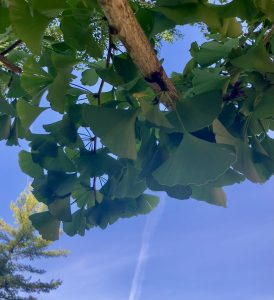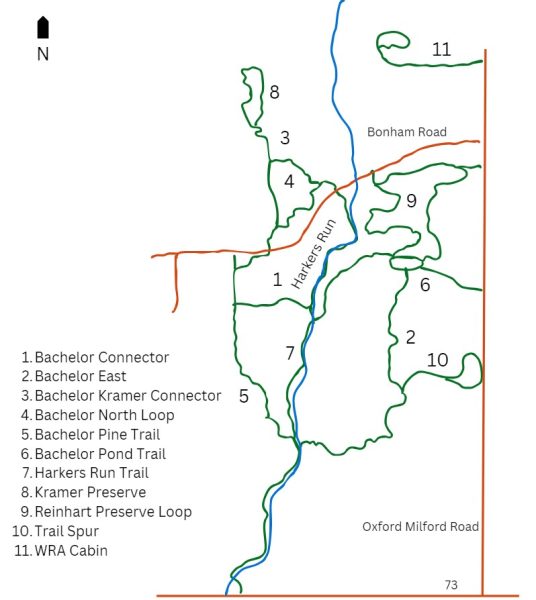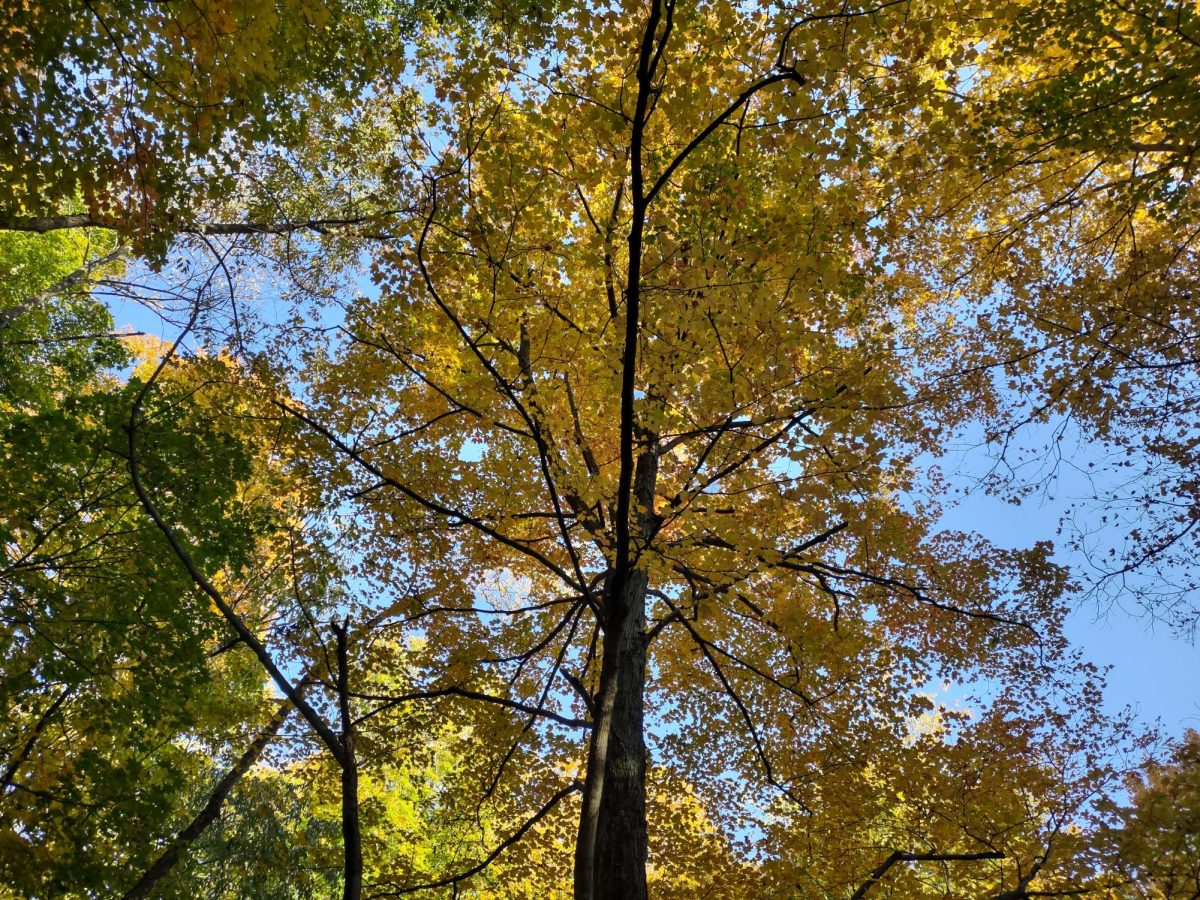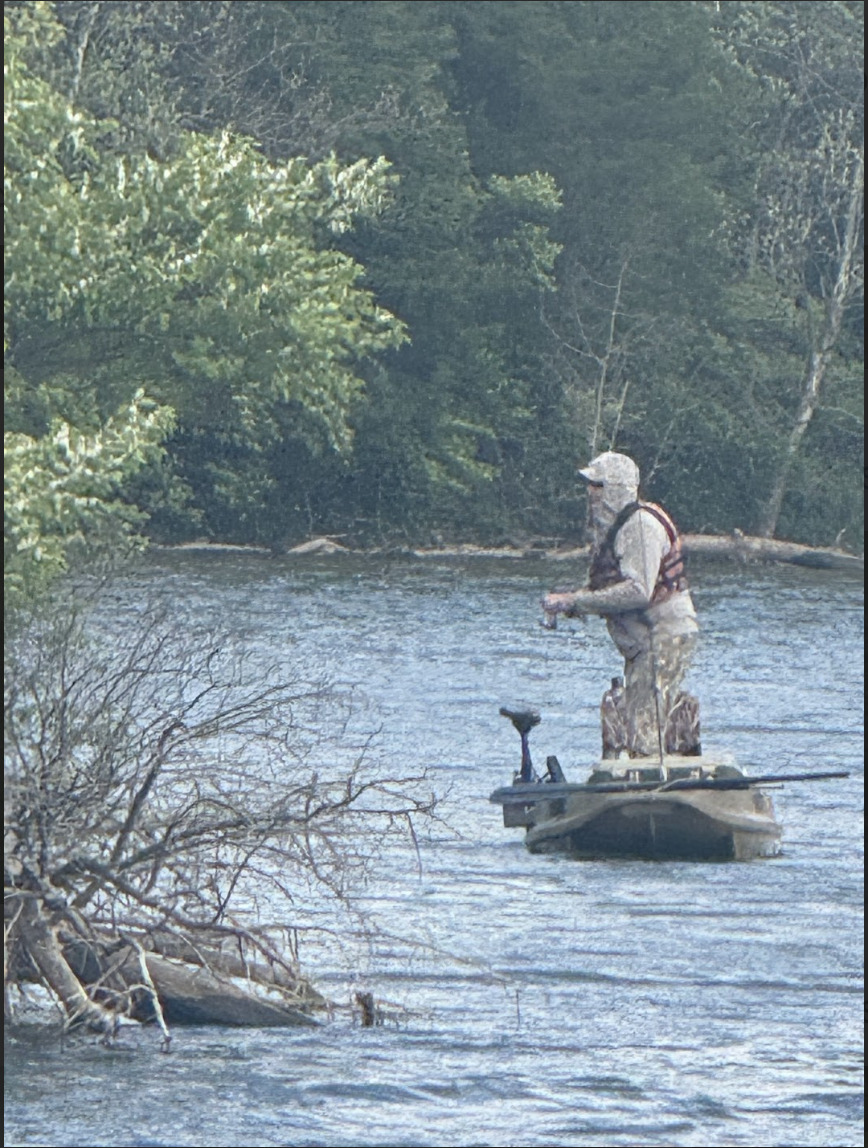From light greens and bright yellows to rusty oranges and deep reds, the leaves of Oxford’s trees are changing to a plethora of colors.
Leaves contain the pigment chlorophyll, said David Gorchov, a professor of biology at Miami University. This compound is responsible for the color of the leaves, as it reflects green light and absorbs red and blue light.
According to Gorchov, when fall moves in, cold temperatures and reductions in daylight signal chlorophyll to break down. With chlorophyll gone, other pigments like carotenoids and anthocyanins — which are normally masked by chlorophyll — step in to reflect the yellows, oranges and reds that are the staple colors of fall.
But the variations of these colors are dependent on the species of tree, said Gorchov. Some species might have more of a specific pigment or different secondary pigments in comparison to other species. That’s why, for example, said Gorchov, the leaves of ginkgo trees turn yellow, while sugar maple leaves become shades of oranges and reds.
“It’s unusual to have an organism that makes part of its body for just part of the year, and then loses that part of its body for the rest of the year,” said Gorchov.

Until these trees lose their leaves, there are some good areas to view the vibrant colors fall has to offer, according to Nancy Feakes, Miami University Natural Areas Field Manager.
In addition to the Oxford Area Trail System (OATS), Feakes recommended exploring Hueston Woods State Park, specifically the Big Woods natural area and trails such as Blue Heron Trail.
Ruder Preserve, located off Bonham Road and owned by Three Valley Conservation Trust has an “amazing boardwalk,” said Feakes. The boardwalk is on both sides of Four Mile Creek.

Within Miami University Natural Areas, Feakes said that when there is a slight breeze, Bachelor Pond is “really beautiful” because the landscape is reflected in the water. In Bachelor North Loop within the southeast corner, “there seems to be some particularly nice fall color,” said Feakes. According to Feakes, nearby in Reinhart Preserve Loop there is a nice overlook of Harkers Run.
Feakes also said recent beaver activity can be spotted along Harkers Run Trail, specifically between Bachelor Connector and Reinhart Preserve Loop. The best time to visit this area is one hour before sunset.
As for other good times to walk, “the real answer is whatever hours are available for you to hike,” said Feakes, “Especially now that we have OATS, we have a total variety of skill levels, time levels. Definitely get out and take advantage of it.”







